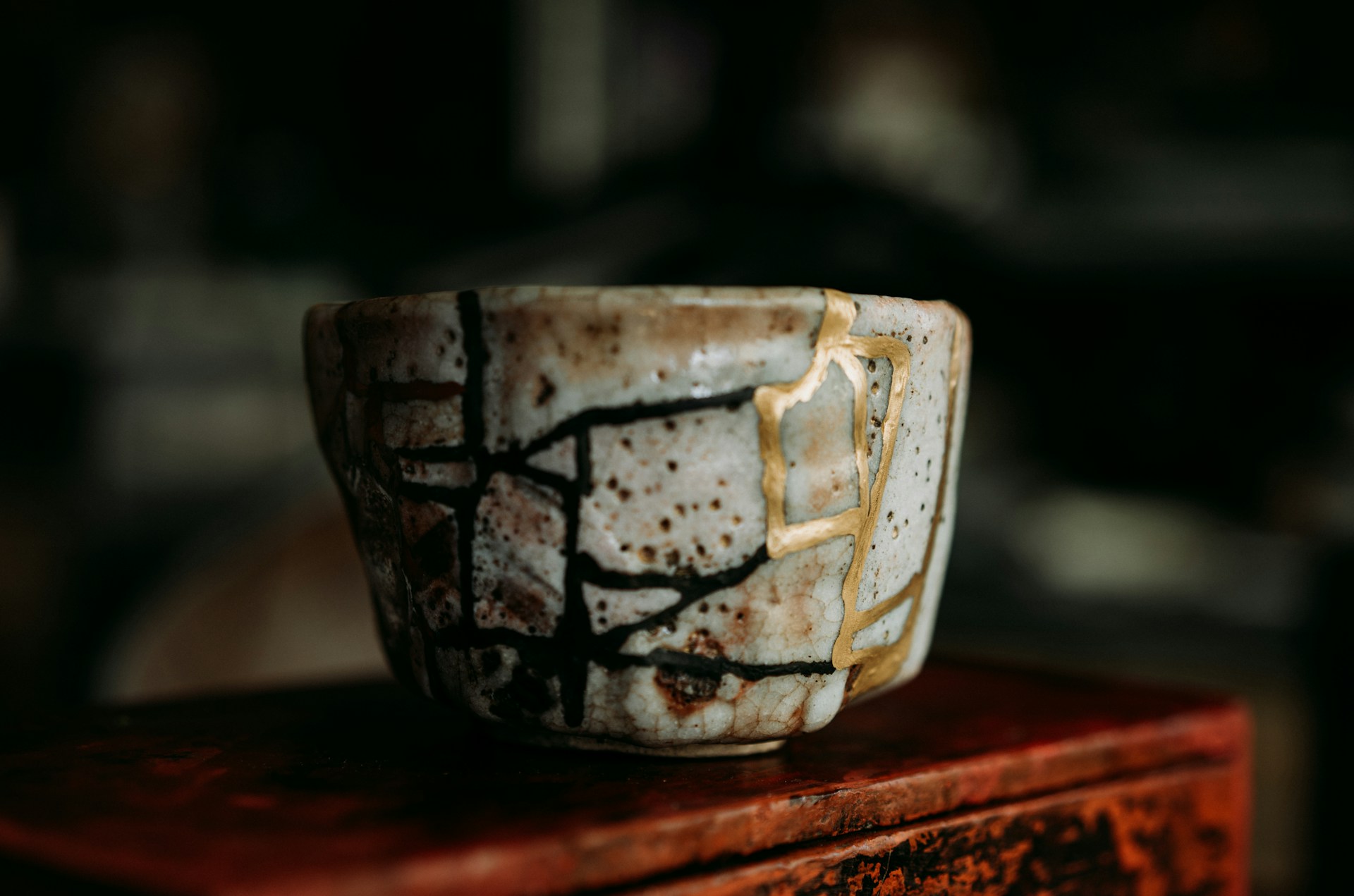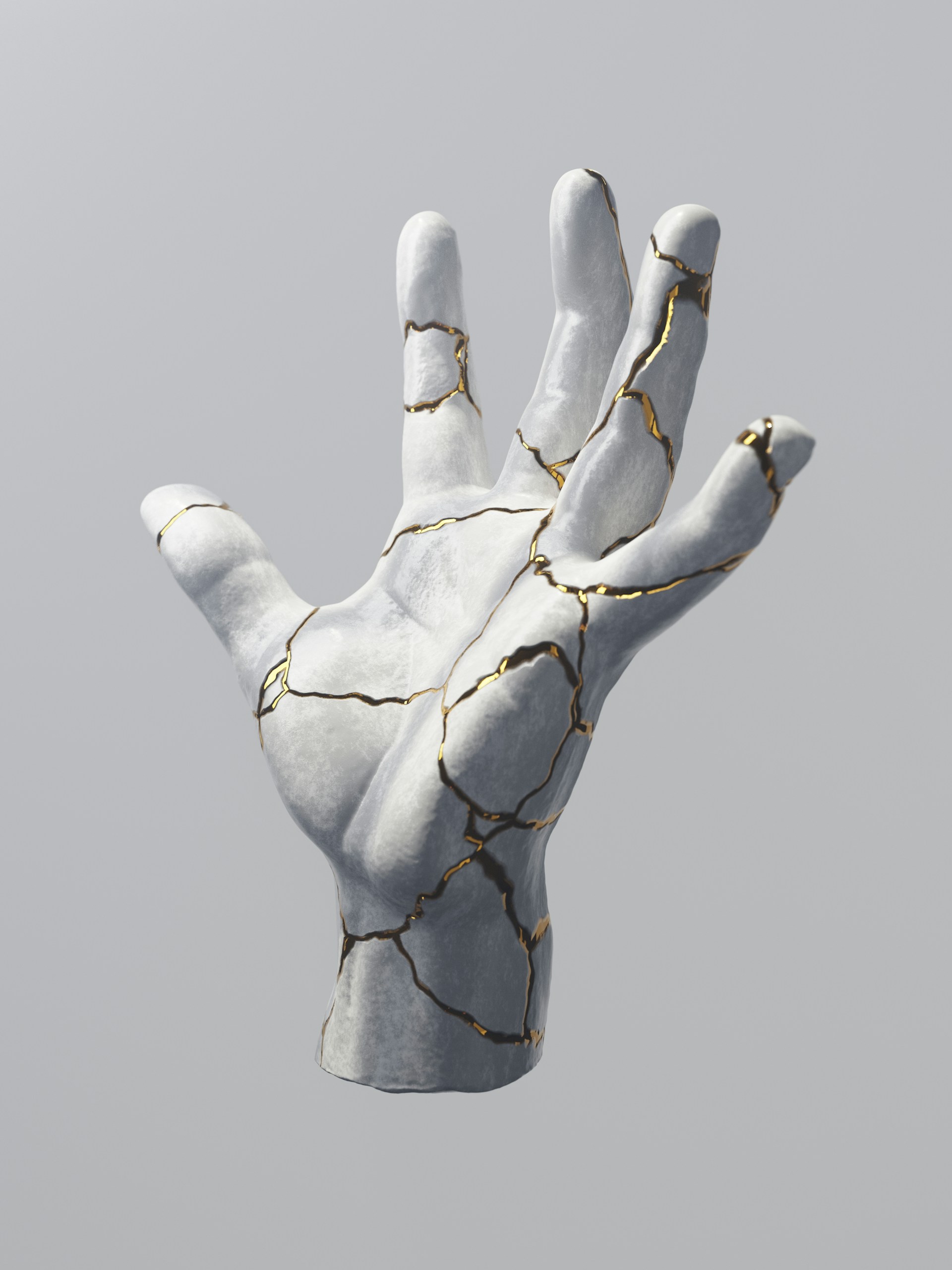How the concepts of “nikesen,” “wabi-sabi,” and “lagom” can help people overcome the internal and external stressors of everyday life.
One’s mindset can be a powerful thing. Though it can’t change difficult circumstances on a tangible level, it can give people the mental fortitude to face them and overcome them with more ease. A different outlook on life can also transform a person’s lifestyle in subtle but powerful ways—something incredibly important in an age where stress and burnout are so rampant. Thankfully, many cultures around the world have developed philosophies to guide and positively shape the mindsets of their people. When it comes to combating the stress of everyday life, three particular ones stand out: the Dutch concept of “nikesen,” the Japanese idea of “wabi-sabi,” and the Swedish philosophy of “lagom.”
READ ALSO: Searching For Passion: Using The Japanese Philosophy Of Ikigai To Lead A Purposeful Life
For the unfamiliar, below is a brief introduction to these lifestyle philosophies, as well as ways in which they can help fight off the insecurities and pressures (both internal and external) that plague today’s busy world:
Nikesen: The Art of Doing Nothing
Recently, the Dutch concept of nikesen is making a comeback in online circles (as it was already a topic of discussion in a 2019 New York Times article), and with the busyness of today’s modern age, one can understand why. Things like school or careers can consume a lot of time, as well as mental, emotional, and physical resources. Oftentimes, it’s easy to overwork oneself, getting lost in how much needs to be done or the output of every little task.

However, as Carolien Hamming—a managing director of Dutch coaching center CSR Centrum—tells Time, this kind of thinking can lead to severe burnout and stress. That’s why many people have become captivated by the concept of nikesen (pronounced “nik-sen”) which offers one deceptively simple solution: do nothing.
Relaxing with Purpose
It’s easier said than done, but the concept isn’t about wasting time or “slacking off.” Nikesen is more about rediscovering the joy of meandering or just basking in the moment with purpose.
“The idea of niksen is to take conscious, considered time and energy to do activities like gazing out of a window or sitting motionless,” writes Olga Mecking for The New York Times. When everything is constantly in motion, it’s easy to forget that there’s value in standing still.

More than just taking a break to refresh the mind and body, those who practice nikesen let their minds wander: they daydream and let time pass as they wander into the realm of idleness. This kind of behavior can actually lead to increased creativity, according to the research of Dr.Sandi Mann, a psychologist at the University of Central Lancashire in Britain.
Given how the Netherlands ranks sixth in the World Happiness Report 2024 (and has held a spot in the top 10 for years), it may be good to take a page from their book.
For workaholics, it’s not easy to let go of old habits. However, the only way to adopt the mindset is to start doing nothing with pleasure, little by little or even in the companionship of others. “Be unapologetic about taking breaks or holidays. Think of niksen not as a sign of laziness, but as an important life skill that might help you regain some composure, find calm, and prevent burnout,” writes Mecking, who’s lived in the Netherlands for over a decade, in a separate CNBC article.
Wabi-Sabi: Embracing Flaws
The Japanese have many inspiring life philosophies that are unique to their culture, many of which prioritize living a purposeful and tranquil life. Ikigai, or a person’s reason for being, is among the most popular ones. However, the concept of wabi-sabi is also an integral part of the country’s culture—so much so that it’s the crux of an entire art form, kintsugi. Rather than throwing away broken pieces of pottery or glass, the Japanese put these pieces back together with decorative, gold glue. It shows the cracks in a beautiful light, and exemplifies the concept of wabi-sabi: the acceptance of flaws.

In other words, wabi-sabi is the art of imperfection. Many people have been taught to always avoid or even shun the imperfect, or view it as something shameful. It’s a ubiquitous mindset, and the driving force behind the all-consuming perfectionism that often leads people to debilitating burnout.
“It eliminates the rather Westernized concept of artificial beauty and idolizing a state of perfection that is seemingly unachievable and unnatural,” writes Sakura News. “The Japanese belief and concept of wabi-sabi embraces just that and allows the people to be more accepting and open to embracing the beauty of flaws and rawness.”
Wabi-Sabi in Life
The idea of wabi-sabi is not just applicable to objects, but also everyday life. It can be difficult to let go of mistakes—past and present. However, if one learns to view them as an integral part of life, and something present in everyone and everything, one can drastically reduce the pressure of reaching an impossible state of perfection.

The qualitative research of Dr. Gordon Parker, a professor of psychiatry at the University of New South Wales in Australia, shows that perfectionism can have a direct effect on how quickly one burns out. According to a Time article by Jeffrey Kluger, one of the best ways to fight this is to “work on improving their real-time, in-the-moment tolerance for flaws or imperfections.”
In an article for the South China Morning Post, Hong Kong-based psychologist Charlotte Wong explained: “Wabi-sabi asks us: what if we can see beauty even in our flaws, accept that we have made mistakes because we tried, and find value in the mistakes [we] made?”
Lagom: Knowing What’s “Enough”
Balance is crucial in life, as a slight tipping of the scales can often lead to negative consequences. Whether it’s in work or personal matters, temperance is something that everyone needs to live a more contented life. This is the central idea behind the Swedish concept of lagom (pronounced “lah-gom”), which roughly translates to “just right” in English, as writer Niki Brantmark explains in her book Lagom: The Swedish Art of Living a Balanced, Happy Life.

This particular philosophy is present in many aspects of Swedish life, as the writer observed after living in the country for years. It’s about having everything in moderation, neither too much or too little.
“Whether it’s applied to work, leisure, family and relationships, holidays and celebrations, interior design or living in a way that’s kinder to the planet, the Swedes will often tell you that lagom är bäst—the right amount is best, and moderation is key,” Brantmark continues.
An Exercise in Moderation
Indeed, there’s a treasure trove of resources on how to apply the concept in everyday life, from interior design to daily chores. Yet the bottom line is to simply slow down and do what matters most, instead of trying to do or pursue everything at once.

Implementing lagom in one’s daily life can be as simple as eating just the right amount of food or scheduling brief breaks during the work day (which the Swedes even have a special word for, fika). With a mindful lifestyle guided by principles like this, it’s no wonder that Sweden is the fourth happiest country in the world in 2024’s World Happiness Report.
“Many of us have internalized the idea that bigger means better, that a bank balance means status, and that excess means happiness,” writes Jonny Thomson for Big Think. “Lagom, though, is to enjoy the ‘just right.’ It’s not simply learning to ‘enjoy the simple things,’ but also appreciating that sometimes less really is more.”
Banner photo by SIMON LEE via Unsplash.





